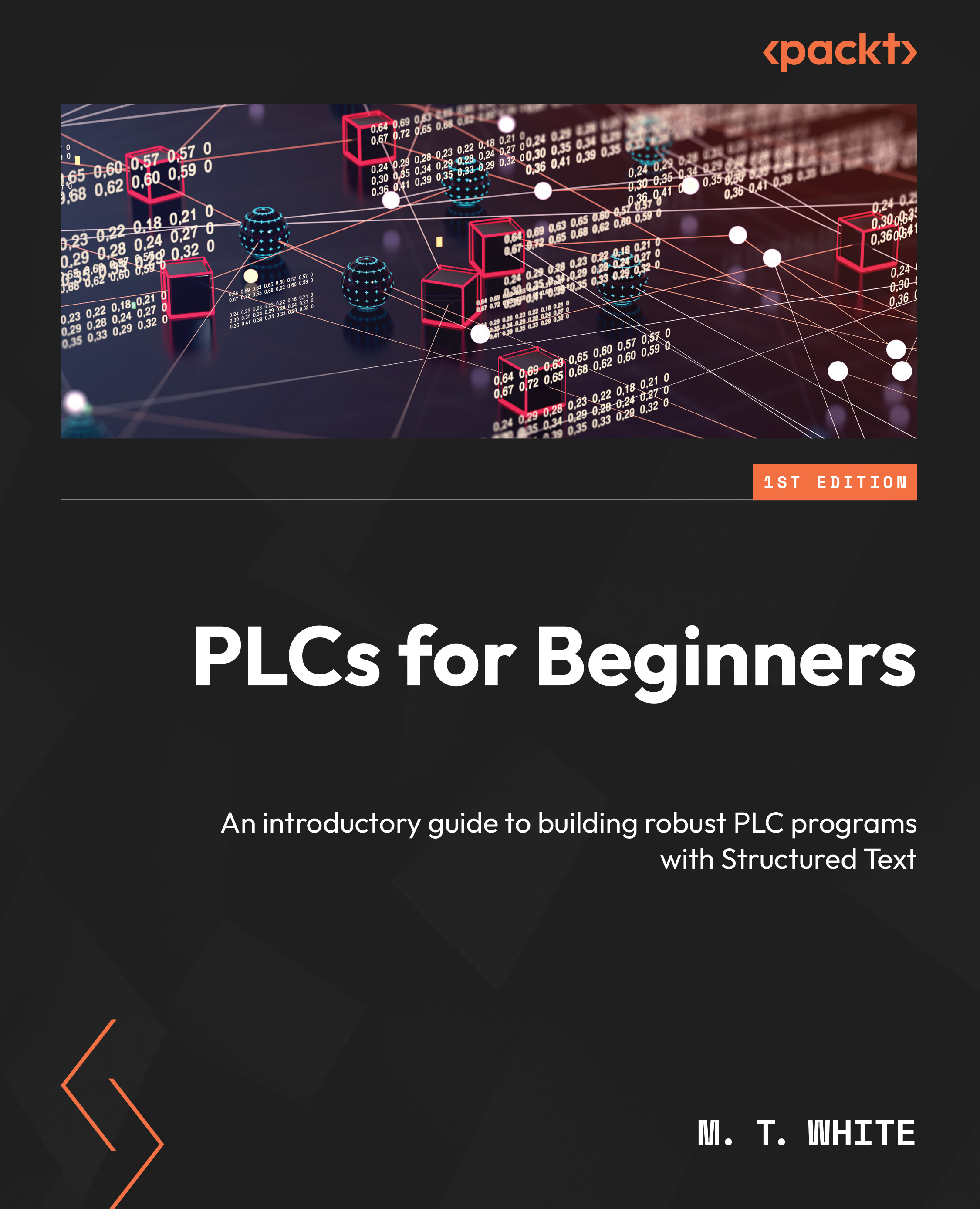Project requirements
This system is going to have two parts that will work in unison: one is the robot and the other is the sorter. The sorter will need to sort the parts from least to greatest, and the robot will need to measure the smallest and largest parts. Once the parts are measured, it will tag the lots and send them down the proper line. This means we can set the following requirements:
- The sorter will need to sort all parts in an incoming lot from least to greatest
- Each lot will contain five parts
- The robot will need to measure the parts
- If the largest part is 4 mm and the smallest is 3 mm, the robot will tag the part for packaging
- If the largest part is between 4 mm and 4.5 mm and the smallest part is between 3 mm and 2 mm, then the robot will tag the parts for rework
- If the largest part exceeds 4.5 mm and the smallest is under 2 mm, then the robot will tag the parts for recycling and send them for recycling
- If the part is tagged for packaging, send it down...


























































